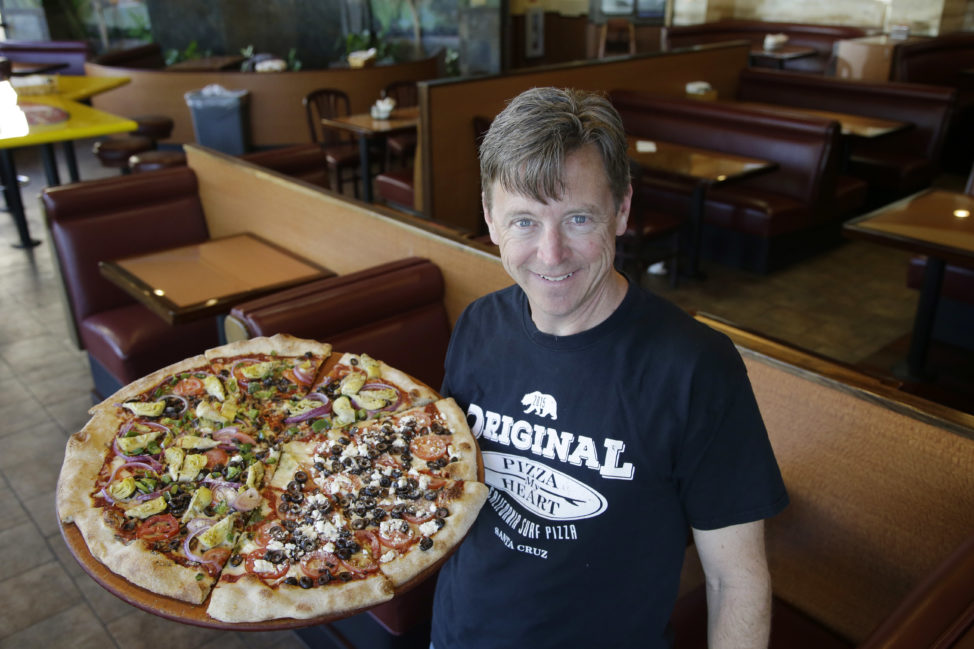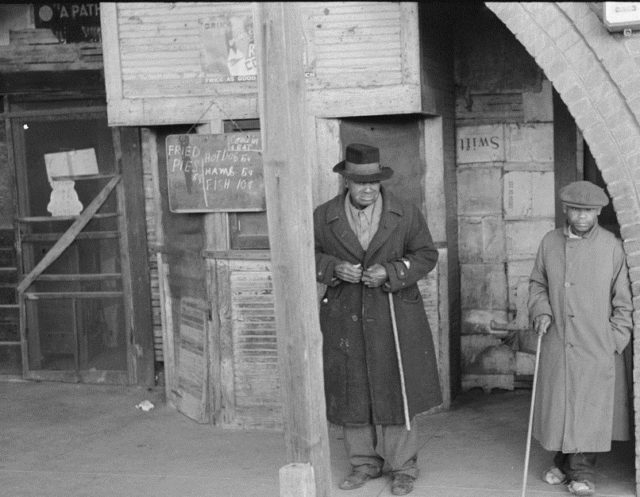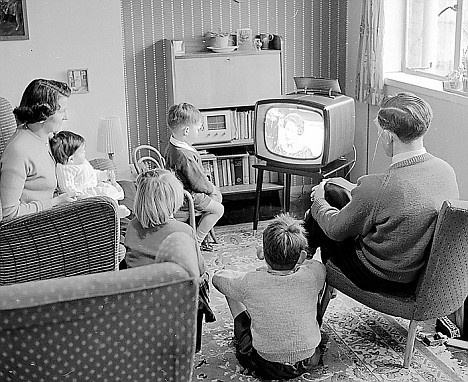
Chuck Hammers, owner of Pizza My Heart, in one of his shops in San Jose, California on March 28, 2016. (AP Photo)
From fast-food restaurants to pizza delivery, the history of take-out food can tell us plenty about American history because what we eat and how we eat it, often reflects the changes taking place in society at any particular time.
“You can learn a lot from food,” says Emelyn Rude, a food historian and author of Tastes Like Chicken. “Everyone eats and it’s one of those unique ways in which agriculture, science, health, nutrition and culture all comes together in one single plate.”
Take pizza, for example. Americans were initially suspicious of dishes favored by Italian immigrants, in part because some of the ingredients were foreign to them.
“For the longest time, Italian food was looked at by most non-Italian Americans as something inferior,” says Krishnendu Ray, a professor of food studies at New York University. “In fact, nutritionists and social workers were endlessly complaining about how Italians eat such terrible food, such spicy food, which gives them a craving for alcohol, which is presumably a problem.”
Fast forward to after World War II, when American soldiers returned from Europe raving about the Italian food they’d eaten there. Once a box was invented — in the 1940s — to keep pizza hot, the flat, round cheesy pie was on its way to becoming a staple in the U.S. diet. Today, 1-in-8 Americans eats pizza on any given day.

African-American patrons outside of an eatery in Mound Bayou, Mississippi, 1939. (Library of Congress)
Take-out food can also teach us about the darker periods in American history.
“In the South, it was common to see current and former slaves vending food on the side of the road,” says Rude. “Masters would allow their slaves to go out and sell food on the side of the road…so this was a very common occurrence and people knew if you wanted the tastiest food, you’d go find the American-American vendors. And its largely because there’s no other opportunity. They couldn’t work in shops, they couldn’t set up, really, their own enterprises, but being a street-side vendor was something that was available to them.”
African-Americans not only sold take-out food — fried chicken was a popular offering — they were also among the first consumers of it.
Jim Crow laws, enacted by Southern states from the 1880s until the mid 1960s, legalized segregation between blacks and whites. If African-Americans wanted to eat at a particular restaurant that didn’t have a designated section for people of color, they’d go around back and see if the restaurants would give them food to go.
In 1849, during the California Gold Rush, enterprising Chinese food entrepreneurs set up near where the forty-niners were searching for gold. As Rude says, the fortune hunters didn’t make any money, but the people who fed them did. One of the first American restaurants to offer food delivery is believed to be a San Francisco Chinese eatery that began offering the service in the 1920s.
Everything changed for restaurants when their Number 1 enemy — television — was invented and, by the 1950s, had infiltrated millions of American homes.
Almost overnight, people became more interested in staying home and watching TV, rather than going out to eat. When restaurants experienced a dramatic drop in sales, they knew it was time to adapt or die.

Television became Public Enemy Number 1 for American restaurants as more people opted to stay home in the 1950s. (Photo by Paul Townsend via Creative Commons license)
“They all started developing these take-home menus and delivery,” Rude says, “just so people wouldn’t have to leave their homes. They could do both: eat restaurant food and watch television.”
Then, once everyone had cars, fast food became the next big thing.
“The car really revolutionized how everyone eats because we could get food conveniently, we could get it super cheaply,” Rude says. “And so, yes, we owe fast food to cars.”
Today, roughly 6 percent of Americans eat take-out food on any given day. For the first time in U.S. history, restaurant spending is higher than grocery spending for the average American.
The internet age has given more obscure restaurants increased exposure and access to potential patrons who might not have found them otherwise, but the actual food consumed hasn’t changed much. The most popular food ordered via apps or the mobile internet is — you guessed it — pizza.
More About America
Goodbye Ketchup, Hello Sriracha! How Immigrants Transform US Cuisine
Does Bias Impact Price of US Ethnic Foods?
American Food Has Surprising Military History

























The take out food phenomenon has been copied by other countries, even those who hate America. But the process, the quality, the atmosphere and its very identity are not the same as in America.
Thank you for this article!
This is a wonderful article on the history of “take-out” food. Helpful in my own quest for knowledge on the subject!
Thanks!